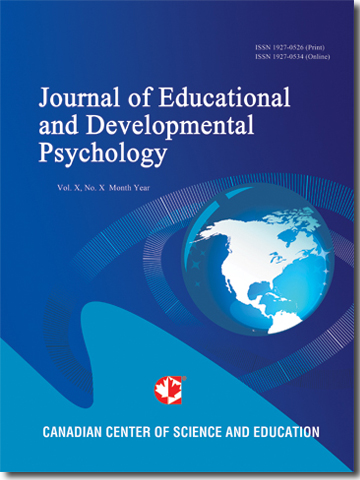Reducing Stress in Youth: A Pilot-Study on the Effects of a University-Based Intervention Program for University Students in Pune, India
- Emma de Wit
- - Adithy
- Joske Bunders-Aelen
- Barbara Regeer
Abstract
Mental health problems among youth have become important public health concern for many low & middle- income countries. As part of a research program to improve mental wellbeing in Pune, India, a university-based intervention was developed for students of two educational institutes. In one month, 33 students (age 18-22) participated in a series of 2-hour sessions in which they were stimulated to learn better coping skills to deal with stress and anxiety. The interactive sessions were facilitated by a psychologist and volunteers of a suicide prevention NGO. Rational Emotive Behaviour Therapy (REBT) approaches were used to help students identify stressors and find alternative thought patterns towards the stressor. Playful exercises, such as theatre, dance and poetry, were used to develop self-esteem, self-expression and a better sense of control in students. Throughout the program, relaxation methods, such as Emotional Freedom Technique (EFT), were practiced to help reduce stress in students. To study the impact of the intervention, data were collected, before- and after the intervention and in an eight month follow-up with the Perceived Stress Scale (PSS), in combination with open questionnaires and field notes. Preliminary results show a significant decrease in average stress scores in students after the program in comparison to before the intervention (p-value is 0.044 < 0.05). Students reflect upon the program as helpful and specifically emphasize the role of poetry, dance & EFT as main contributors. In follow-up tests perceived stress scores remained lower than at base-line, although not significant. Booster sessions are suggested to sustain the benefits. Overall, the results of this pilot study show that low threshold, university-based interventions, could be useful in stimulating psychosocial well-being in youth.
- Full Text:
 PDF
PDF
- DOI:10.5539/jedp.v6n2p53
Journal Metrics
(The data was calculated based on Google Scholar Citations)
1. Google-based Impact Factor (2021): 1.11
2. h-index (December 2021): 29
3. i10-index (December 2021): 87
4. h5-index (December 2021): N/A
5. h5-median (December 2021): N/A
Index
- Academic Journals Database
- CNKI Scholar
- Copyright Clearance Center
- CrossRef
- Elektronische Zeitschriftenbibliothek (EZB)
- EuroPub Database
- Excellence in Research for Australia (ERA)
- Harvard Library
- Jisc Library Hub Discover
- JournalSeek
- JournalTOCs
- LIVIVO (ZB MED)
- LOCKSS
- MIAR
- Open Access Journals Search Engine(OAJSE)
- PKP Open Archives Harvester
- Publons
- ROAD
- Scilit
- SHERPA/RoMEO
- Standard Periodical Directory
- Stanford Libraries
- Technische Informationsbibliothek (TIB)
- UCR Library
- UoB Library
- WorldCat
- Zeitschriften Daten Bank (ZDB)
Contact
- Carol WongEditorial Assistant
- jedp@ccsenet.org
